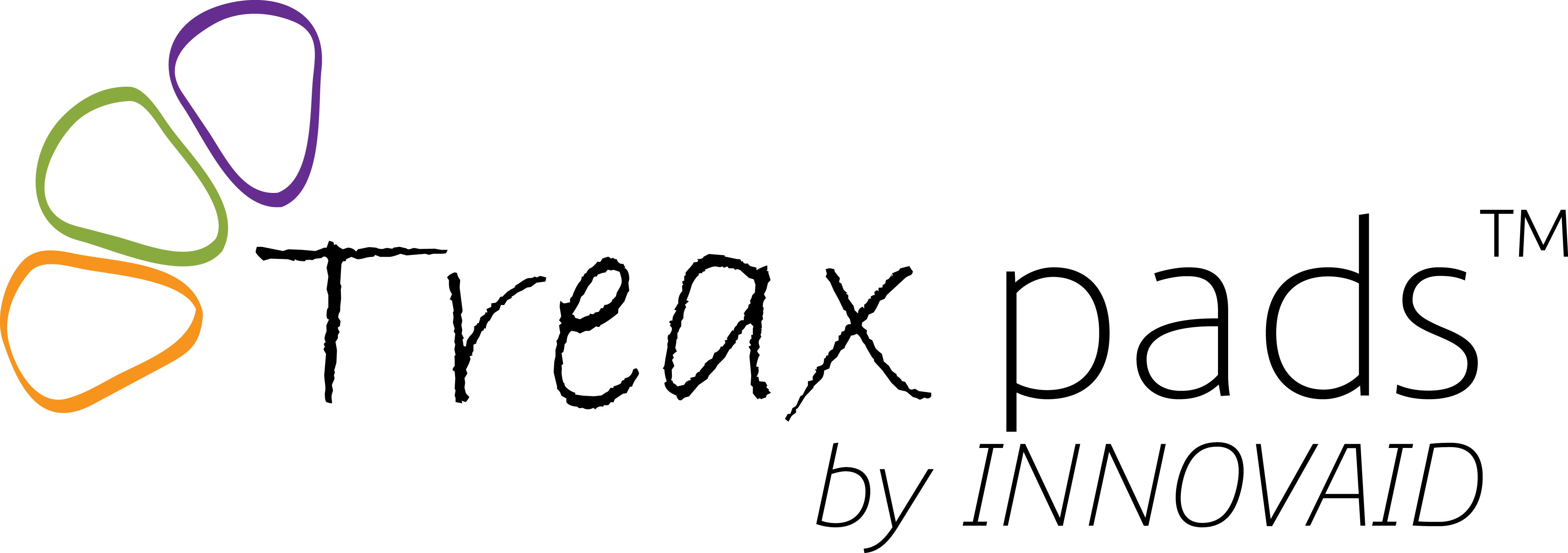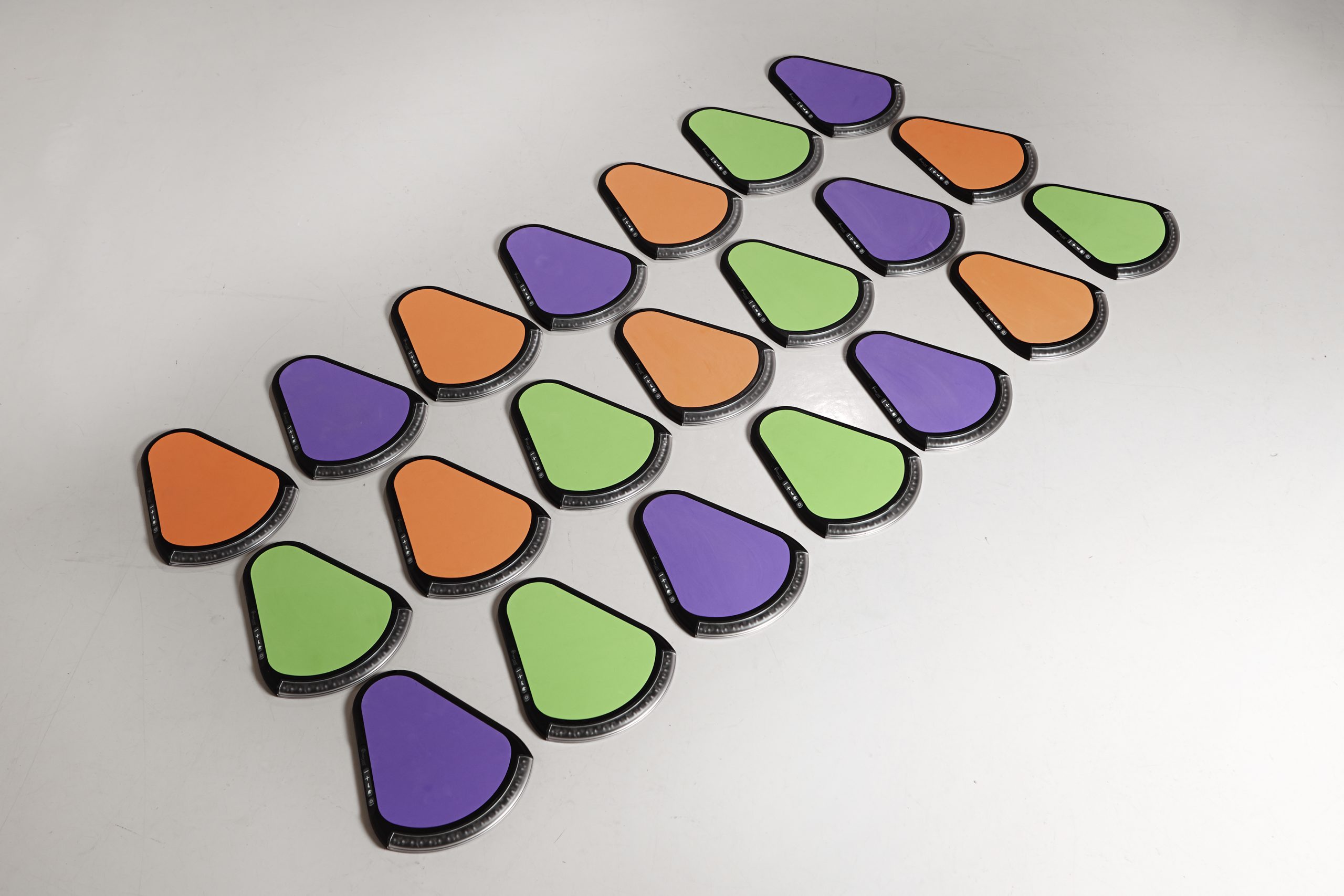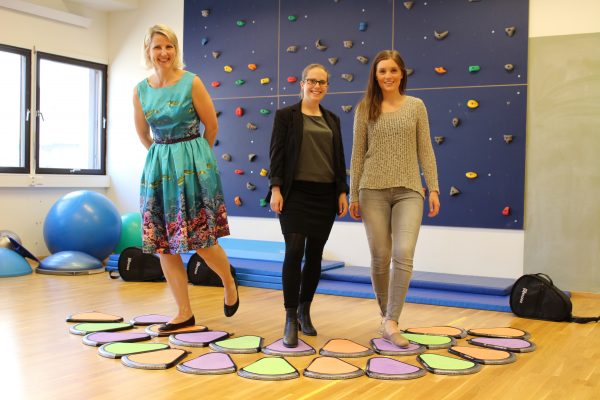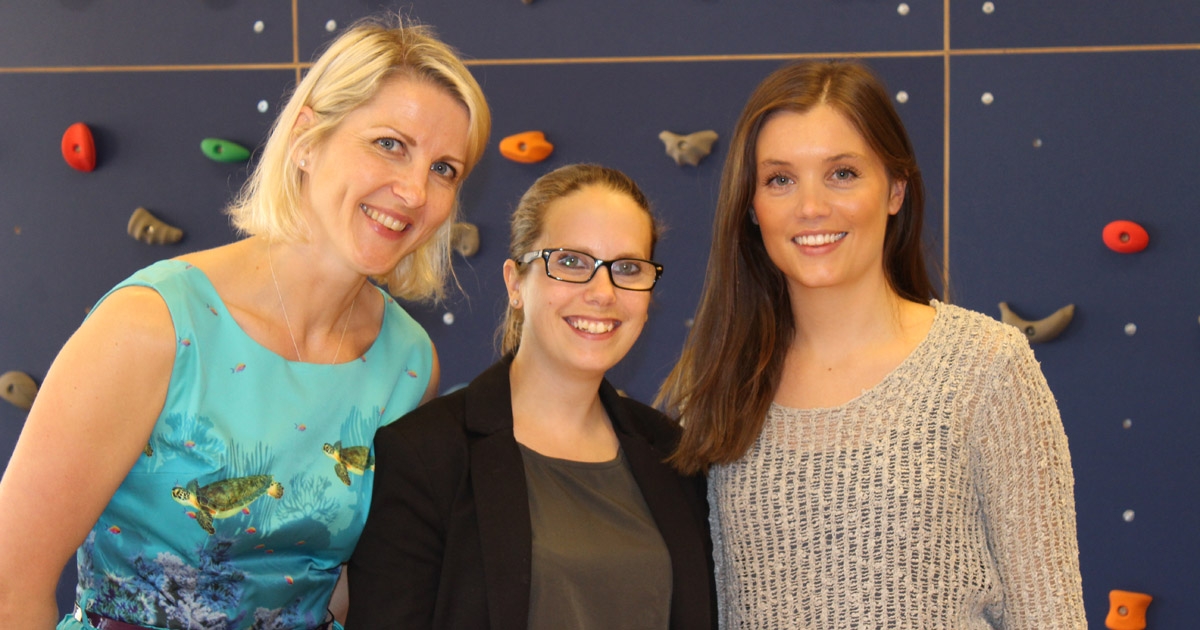
Sandnes Municipality
The municipality of Sandnes in southern Norway has decided to focus on welfare technology in treatment of children with disabilities. This has led to the project ”Leisure for Everyone”.
With financial support from the Norwegian Directorate of Health, the municipality of Sandnes initiated the project “Leisure for Everyone”. The project aims to investigate different types of assistive technology that can help disabled children participate in leisure activities.
The project was launched in October 2016, and has been granted permission to continue until October 2018.
The municipality has chosen to use part of the funding to buy four sets of Treax Pads with mounting boards. These sets are distributed to physiotherapy and occupational therapy departments in the municipality and to the new respite care homes for children with disabilities.
The respite care homes are part of the project “Leisure for Everyone”, and provide care for disabled children on occasional weekends. At the respite home there will be welfare technology that can help the children during their stay, as well as welfare technology for training, such as Treax Pads.
The use of Treax Pads in the project
In the project, “Leisure for Everyone”, it is important for the therapists to be able to plan training so that it matches the individual child. Tina Mellesdal, who works in physiotherapy/occupational therapy in Sandnes agrees with this.
”A very important advantage of Treax Pads is that there are so many different functions. Depending on the child you are training with, you can adapt the training so that it fits,” says Tina.
This spring, the project, “Leisure for Everyone” tested the Treax Pads on children 8-10 years of age. Here the children trained twice a week for eight weeks in a row. The therapists mainly tested the children’s balance, coordination and running, before and after the project.
In the project, the children also trained with other training instruments than Treax Pads, so the Treax Pads were a part of different training stations where the children performed.
Does it work?
Three out of five children had better balance at the end of the eight week training program than when they started. The rest of the children had much better coordination than when the project started. However, it is difficult to determine whether this is solely due to the Treax Pads, as training also included other types of assistive technology.
It is certain, however, that all of the children in the project found training with Treax Pads fun and motivating.
”It felt almost like playing to them, and they all wanted to start at the Treax Pads station,” says Tina.
She also finds that the Treax Pads live up to the expectations she had before they received them. That the pads, besides being fun and motivating to train with, can relieve the work burdens of the parents and family, as a large part of the training can be done at home, if you have access to the pads.
Welfare technology in the future
The project “Leisure for Everyone” has already been granted permission to run for an extra year. Tina also sees welfare technology becoming more important in the work of the municipality in the future. As a therapist, she experiences the positive as well as the negative consequences of using welfare technology.
”Since welfare technology makes it easier to train at home, the relationship between therapist and user can become weaker,” Tina says.
However, she makes it clear that home training has the advantage that you can train whenever you want to, and, when all comes to all, this makes for more effective training. Training will, of course, be followed up by a visit to a therapist, so you are not completely on your own if welfare technology takes over.
For now, the municipality of Sandnes will keep working with the project “Leisure for Everyone”. In addition to the future respite care homes in the municipality, two families have also borrowed Treax Pads to use at home. They will do intensive training with the coloured pads in order to investigate the effect of home training. The project is expected to finish in autumn 2018.



